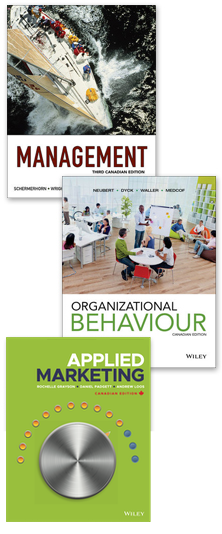Conan O’Brien’s reign as host of The Tonight Show ends on January 22. However, the parting with NBC has been anything but amicable. NBC first announced that it was moving O’Brien’s show past midnight to bring Jay Leno back to late-night television. When O’Brien balked, negotiations for an exit spurred a furry of bad-mouthing. In the end, NBC will pay heavily to get O’Brien to leave and leave quietly – for a while.
QUESTIONS:
- Describe the conflict between NBC and Conan O’Brien. What form does it take? While the conflict seemingly is dysfunctional, can you argue that it is functional (even for NBC)?
- Which conflict management style best characterizes the way NBC handled Conan O’Brien. (Note: you could argue for one style initially that eventually gave way to a different style)
- What were NBC’s goals in negotiating with O’Brien? Was the negotiation distributive or integrative? Was it effective? What, if any, negotiation rules were violated?
SOURCE: L. A. E. Schuker & S. Schechner, “Conan O’Brien Seals Deal to Exit NBC,” Wall Street Journal (Retrievable online at http://online.wsj.com/article/SB10001424052748703699204575016514111492610.html?mod=loomia&loomia_si=t0:a16:g12:r1:c0.593109:b29955310&mg=com-wsj)
See also S. Ovide & L. A. E. Schuker, “Gag Order: Conan O’Brien Promises Not to Be Mean to His Old Bosses,” Wall Street Journal (Retrievable online at http://online.wsj.com/article/SB10001424052748703699204575017450198490036.html?mod=WSJ-hpp-LEFTTopStories)
Related video clip:

